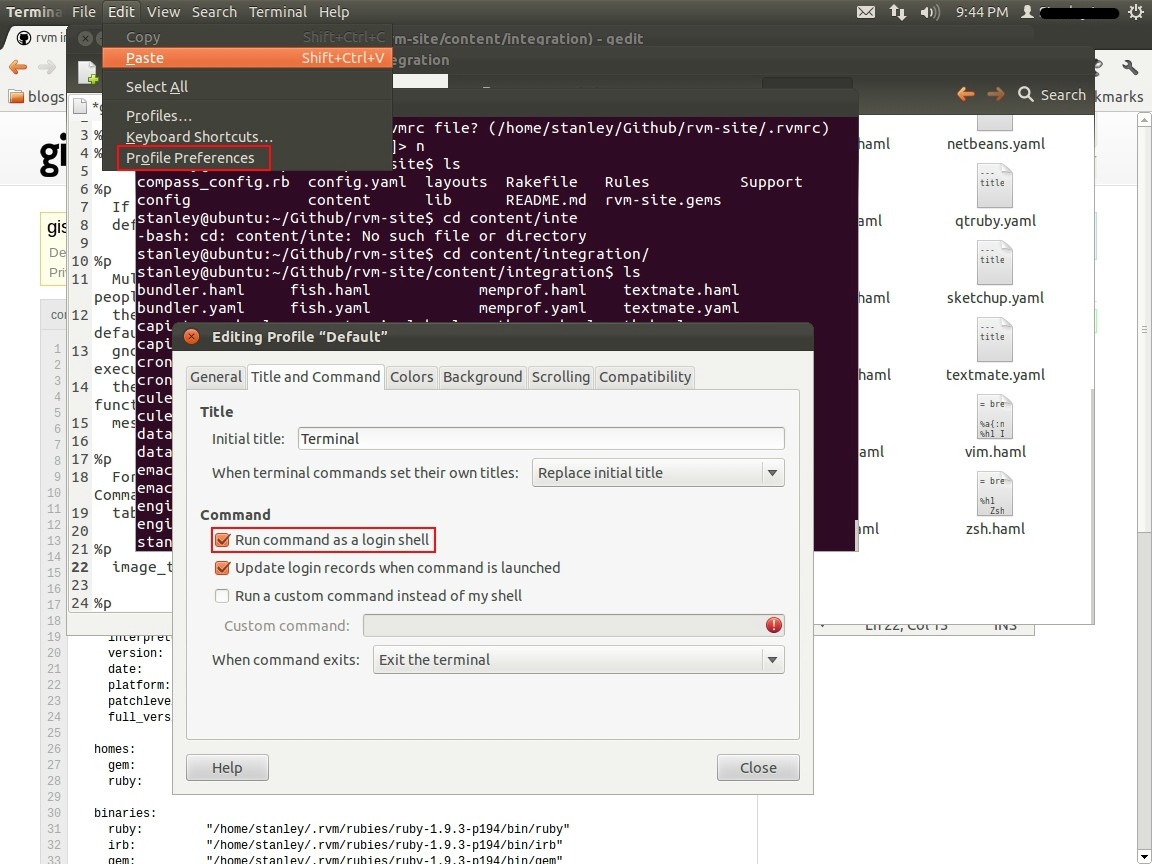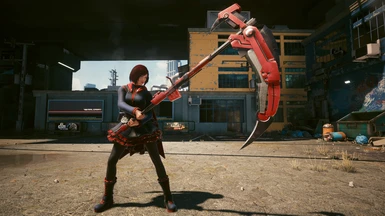
Or appending to the end with << & concat. Instead of combining variables & smaller strings into something new with 'string interpolation'. There is another way to combine string together. So you don't have to call tos Good stuff. Strings can be created using either single or double quotes.

There are aliases to several of the methods.Control 'sshd-8' do impact 0.6 title 'Server: Configure the service port' desc 'Always specify which port the SSH server should listen.' desc 'rationale', 'This ensures that there are no unexpected settings' # Requires InSpec >=2.3.4 tag 'ssh', 'sshd', 'openssh-server' tag cce: 'CCE-27072-8' ref 'NSA-RH6-STIG - Section 3.5.2. Ruby takes care of converting these values into strings for you. StringScanner acts like a file pointer - it forwards the pointer when there is a match, thus allowing for multiple scan capabilities on the same string. Scanner, find out or change the position of the scan pointer, skip ahead,Īnd so on. constmissing (constname) deprecatedconstname :'DEPRECATED. There are other methods besides the plain scanners. The quite a bit faster native extension variant, which is in parts implemented in C or Java and comes with its own unicode conversion functions and a parser generated by the ragel state machine compiler. You can do time math with these & get things like tomorrow’s date: Time.now + 1.day. 1.hour.toi 3600 1.day ActiveSupport::Duration 3.days.ago ActiveSupport::TimeWithZone. To scan again from the next character onwards. A pure ruby variant, that relies on the iconv and the stringscan extensions, which are both part of the ruby standard library. Here you can find some examples, notice how these methods don’t return Time or Date objects, but a custom ActiveSupport class. Pointer moves just beyond the last character of the match, ready Match can occur anywhere after the scan pointer.
RUBY DOCS STRINGSCAN CODE
Also pulled from the source code using RDoc, this. Theres one other little difference between single and double-quoted string that we should mention while were at it.

It is simple, straightforward, and extensible. It also offers many scripting features to process plain text and serialized files, or manage system tasks. Pulled straight from the source code using RDoc, this reference work documents all of the core classes and modules (like String, Array, Symbol, etc). Ruby is an interpreted object-oriented programming language often used for web development. (a regular expression), the match must occur at the character after the The official Ruby API documentation for different versions including the currently unreleased (trunk) version. String objects differ from Symbol objects in that Symbol objects are designed to be used as identifiers, instead of text or data.

A String object may be created using String::new or as literals. Given the string "test string", here are the pertinent scan pointer class String Parent: Object Included modules: Comparable A String object holds and manipulates an arbitrary sequence of bytes, typically representing. A String object has an arbitrary sequence of bytes, typically representing text or binary data. The point of scanning is to moveįorward a bit at a time, so matches are sought after the scan pointer Scanning a string means remembering the position of a scan

Here is an example of its usage: s = StringScanner.


 0 kommentar(er)
0 kommentar(er)
